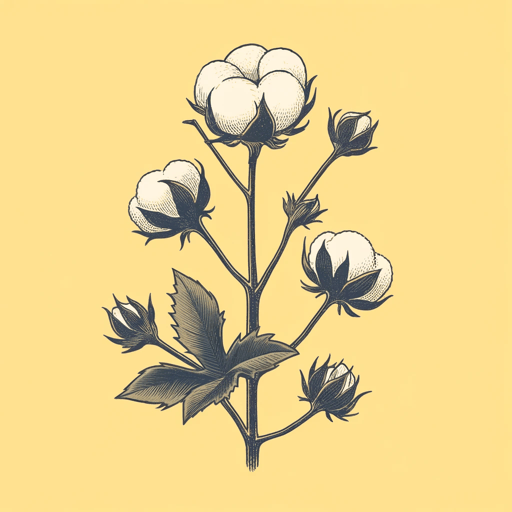45 pages • 1 hour read
John GrishamA Painted House
Fiction | Novel | Adult | Published in 2001A modern alternative to SparkNotes and CliffsNotes, SuperSummary offers high-quality Study Guides with detailed chapter summaries and analysis of major themes, characters, and more.
Themes
Class Consciousness in Rural Mid-century Arkansas
Content warning: This section quotes a racist epithet referring to the Mexican farm workers, and classist language.
From the outset of A Painted House, Grisham highlights the poverty faced not only by the Chandlers but by the farming community of Black Oak at large. Luke notes that “like most farmers, Pappy and my father carried debt from the previous year” (13). Even at the age of seven, Luke is intensely aware of the financial burdens his family faces; he knows the market value of a bale of cotton and how much cotton their 80-acre farm can produce. When he says that “Most farm kids could do the math” (13), he underscores the reality that his community’s fiscal strife is so prevalent and intense that it influences the way even the youngest members of society go about their daily lives.
Though Grisham makes clear that most of the characters in Black Oak are impoverished, Luke understands at the start of the novel that this poverty isn’t uniform from family to family. Luke is aware that the merchants in town make money more easily than the farmers do; he also knows that sharecroppers such as the Latchers struggle financially more than his family does.
Related Titles
By John Grisham
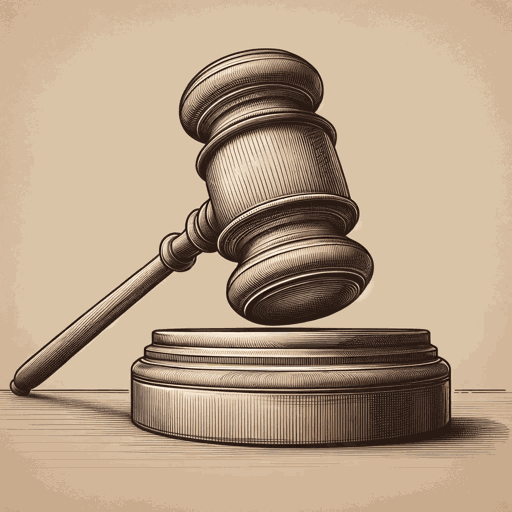
A Time For Mercy
John Grisham
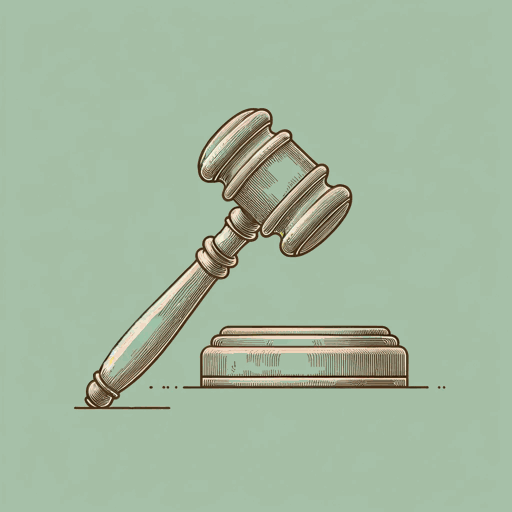
A Time to Kill
John Grisham
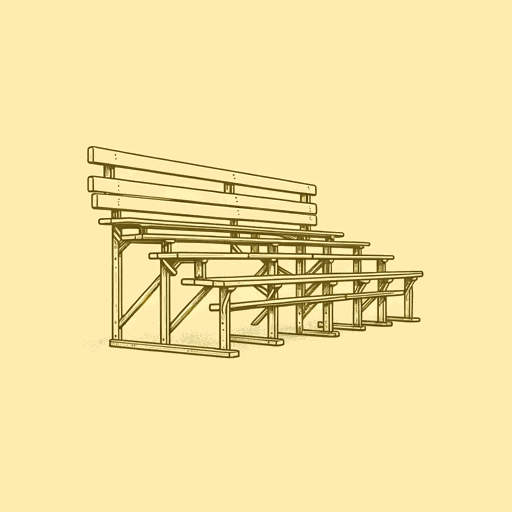
Bleachers
John Grisham

Calico Joe
John Grisham

Camino Island
John Grisham

Gray Mountain
John Grisham

Skipping Christmas
John Grisham

Sooley
John Grisham

Sparring Partners
John Grisham

Sycamore Row
John Grisham

The Appeal
John Grisham
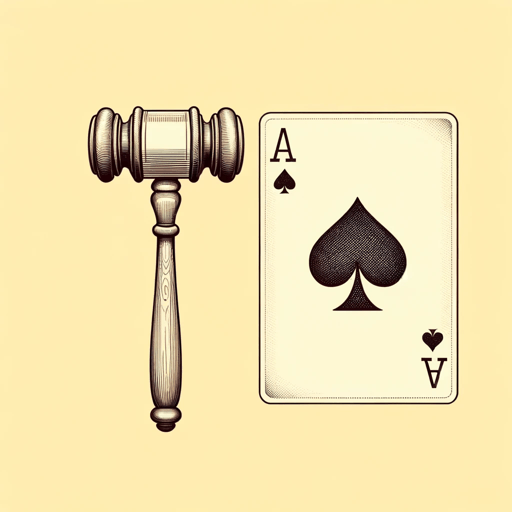
The Boys from Biloxi
John Grisham

The Brethren
John Grisham

The Chamber
John Grisham
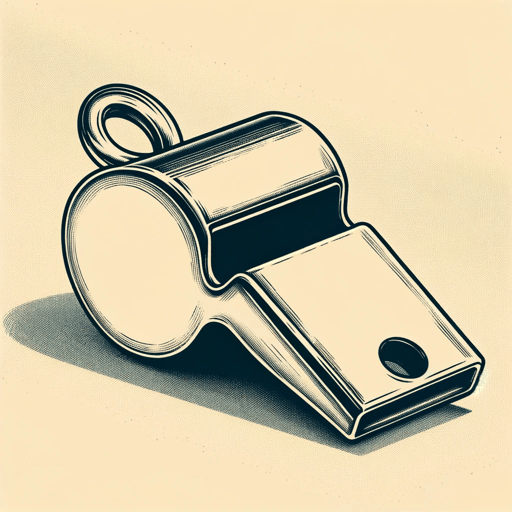
The Client
John Grisham
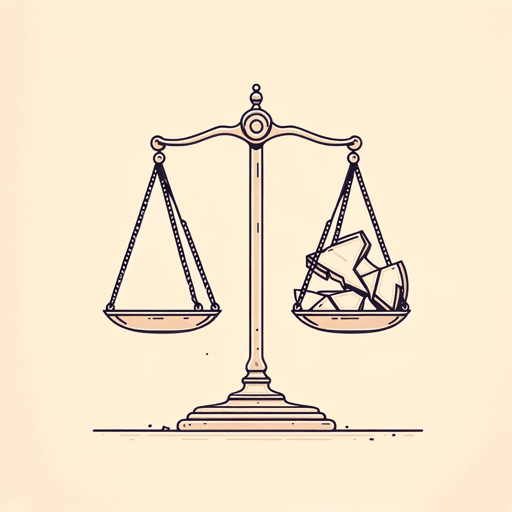
The Confession
John Grisham

The Firm
John Grisham
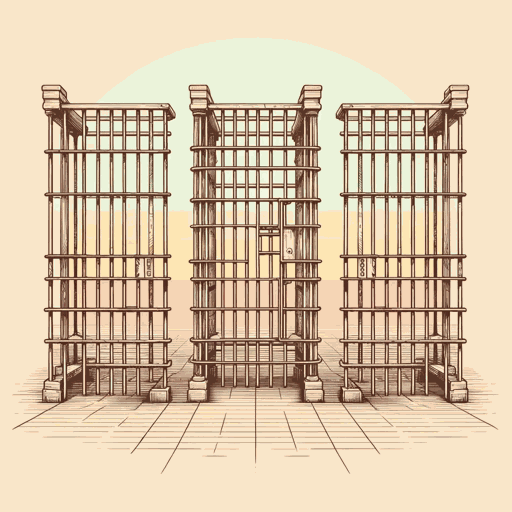
The Guardians
John Grisham
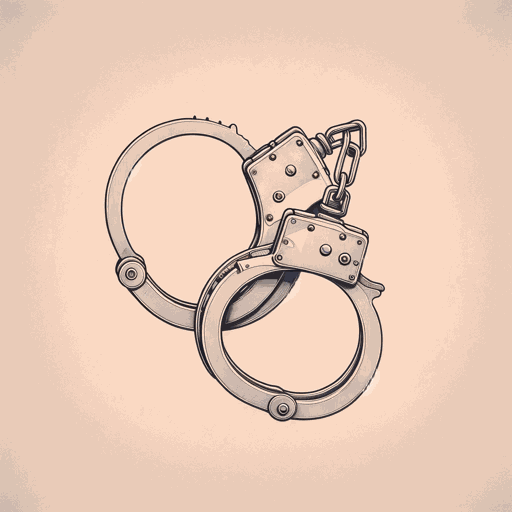
The Innocent Man
John Grisham

The Judge's List
John Grisham
